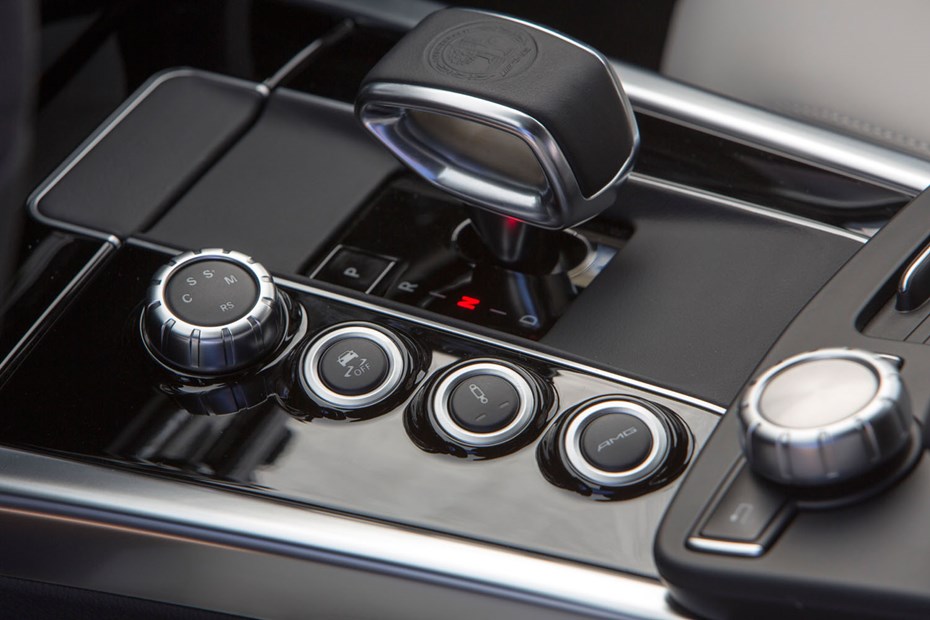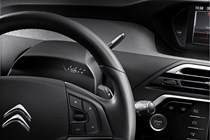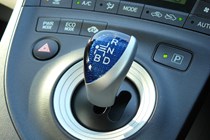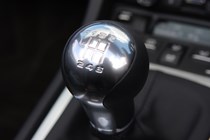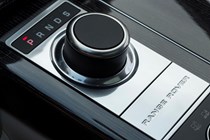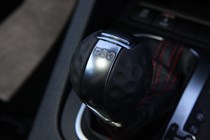Should you get an automatic or manual gearbox on your next car? It’s a simple question of whether you want to let the car change gear or you take control yourself, isn’t it?
Unfortuantely, choosing between an automatic or manual gearbox isn’t that simple.
Manual gearboxes are straightforward – you manually change gear using the clutch and gearstick.
But many cars labelled as ‘automatic’ aren’t straightforward. They might change gears automatically, but they aren’t all fitted with ‘traditional’ automatic gearboxes. In many automatic cars you can change gears manually too.
Don’t be confused – read on below to find out whether you should choose a manual or automatic gearbox in your new car.
What’s a manual gearbox?
- Usually less expensive than automatics
- Driver in full control of gear selection
- Can become tiresome in stop-start urban traffic
.jpg)
Typically with five, six or even seven gears, manual ‘boxes are operated solely by the driver who selects which ratio they want to be in.
Gears are changed by hand with the clutch pedal operated with the left foot as each change is made. Enthusiastic drivers tend to swear by manual gearboxes, regularly claiming they offer greater involvement with the car.
What’s an automatic gearbox?
- Relaxed drive with option for manual override in many cars
- Usually more expensive than manuals
- Many are more fuel efficient than their manual counterparts
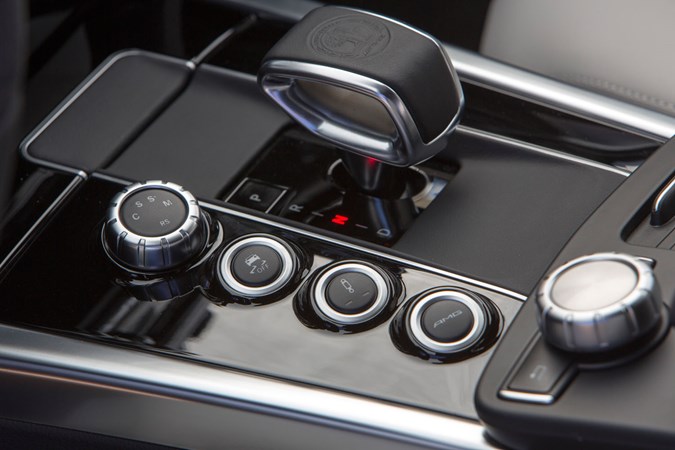
Cars that change gear automatically by moving the selector into D for Drive can be considered to be automatic but almost all of them allow the driver to change gears manually too.
This is usually performed by moving the gear lever towards ‘+’ and ‘-’ symbols, or by operating up and down paddles behind the steering wheel. Manufacturers give these systems different names and sometimes confusingly, ‘semi-automatics’.
These automatic gearboxes could be one of the following types depending on the car they’re fitted to.
What’s a traditional automatic gearbox?
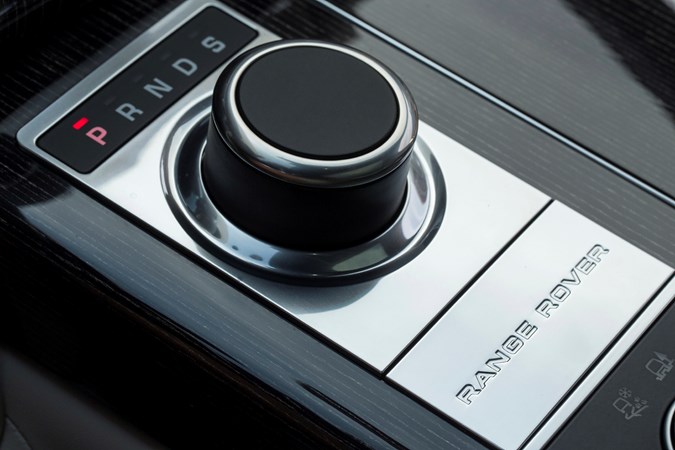
Using a component called a torque converter instead of a clutch, these gearboxes tend to offer smooth, relaxed gear changes with the car selecting the best ratio given the speed, engine revs and level of acceleration.
Due to their heaviness, traditional automatics are usually found in larger cars, with the latest models having up to nine speeds.
What‘s a CVT gearbox?
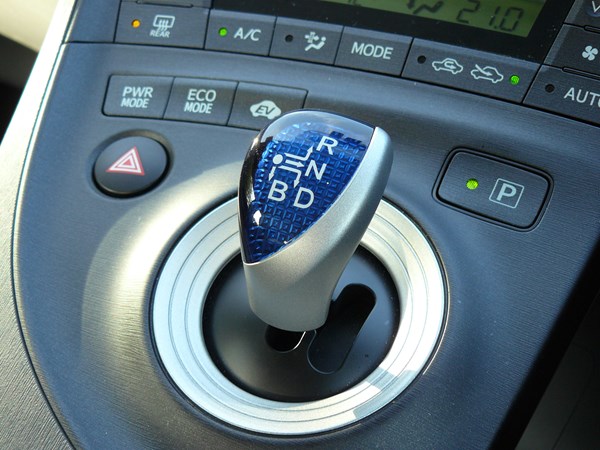
First developed in the late 1960s, modern Continuously Variable Transaxle (CVT) gearboxes are thankfully reliable and no longer limited to small city cars.
Essentially there is a single gear but by altering the size of a drive belt, it can artificially replicate different ratios. CVTs are very smooth but can make the engine rev at high speed when accelerating. Many hybrids are fitted with this type of gearbox.
What’s a single automated clutch?
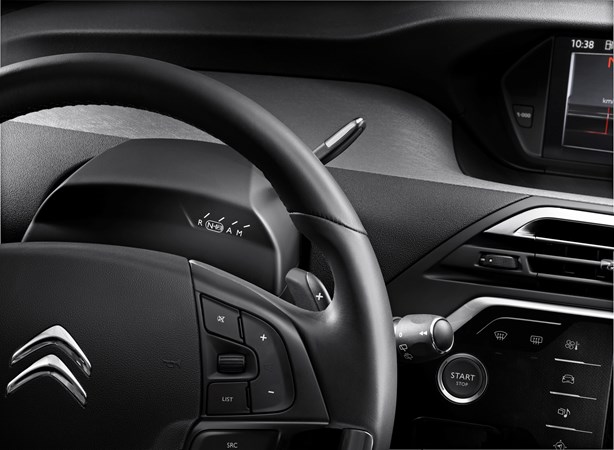
In simple terms, what looks like an automatic gear lever is attached to a conventional manual gearbox with the clutch operated electronically rather than by the driver’s left foot.
These are quite popular because they’re light and much cheaper than a traditional automatic. The main downside is that gear changes can sometimes be jerky and the software can’t decide quickly enough which gear to be in.
What‘s a dual-automated clutch or twin clutch?
.jpg)
Essentially the same again but with two clutches, which makes for seamless gear changes that rival the best traditional automatics for smoothness.
They’re quick too – driver-actioned changes can be made faster than they can with a regular manual gearbox. Volkswagen’s DSG and Porsche’s PDK gearboxes are some of the better known examples of this transmission type.
Is an automatic gearbox more efficient?
Years ago when automatics tended to be fitted with slow-witted, three-speed gearboxes, fuel consumption was dreadful compared to their manual counterparts. Now, with electronics monitoring the car’s efficiency and with more gears on hand, automatics are frequently more economical than the manual versions. With greater fuel efficiency comes lower CO2 emissions too.
Fiat 500 TwinAir
Manual five-speed: 60mpg, 110g/km CO2
Automatic five-speed: 62mpg, 105g/km CO2
BMW 320d
Manual six-speed: 72mpg, 102g/km CO2
Automatic eight-speed: 74mpg, 99g/km CO2
Porsche Boxster
Manual six-speed: 38mpg, 168g/km CO2
PDK automatic seven-speed: 40mpg, 158g/km CO2
Is it more engaging to have a manual gearbox?
Many say automatic gearboxes involve enthusiastic drivers less in the overall experience. But with many high-end supercars not having a manual gearbox as an option, it seems perhaps they don’t. Ferrari don’t offer manual gearboxes simply because demand dwindled away.
Which type of automatic gearbox does your car have?
What is key is that when choosing your next car, find out exactly what kind of automatic you’re being offered. Ensure you’re happy with the way it drives, both when it chooses the gears itself and when you take control. Remember in most cases, opting for an automatic also means a price premium too.
Check out our Cars for Sale section for the latest deals on new and used cars. And when you come to sell your current car, make sure you get a free car valuation with us to ensure you get the right price.
If you’re considering buying your new car on finance, make sure you visit our finance section for a quote – we work with over 21 lenders to give our customers access to over 100 different lending options.
What to read next:
The best cheap electric cars
The best small, economical 4x4s
Looking for a fast car that’s also economical?
Cheap convertible cars
Buy a luxury car for less than £10,000
Just so you know, we may receive a commission or other compensation from the links on this website - read why you should trust us.


